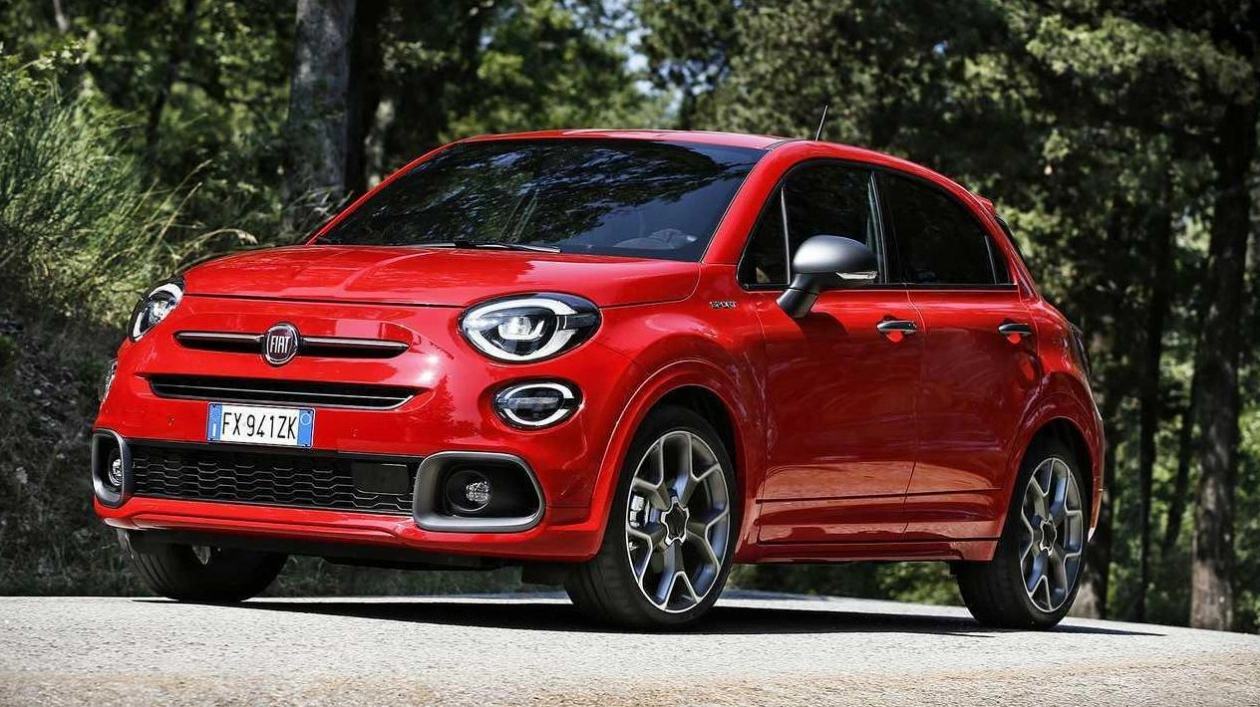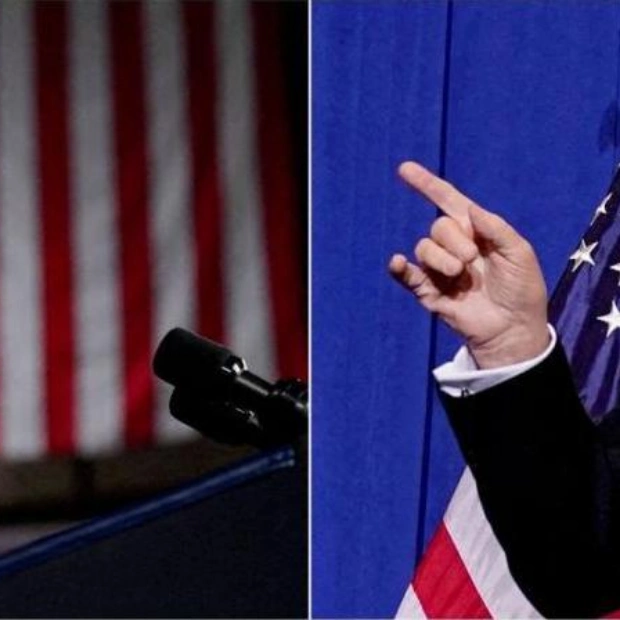Last month, Stellantis acknowledged that it has an excess of unsold cars in North America. To address this issue, the company plans to reduce car assembly in the upcoming months. In Europe, production cuts may also be on the horizon, but for a different reason. The automotive giant is wary that producing too many Internal Combustion Engine (ICE) vehicles could increase the risk of fines for exceeding fleet emissions targets.
Jean-Philippe Imparato, the newly appointed Chief Operating Officer of Stellantis' European operations, stated that the company is prepared to decrease the output of gasoline and diesel cars. Imparato informed Automotive News Europe that production cuts could begin as early as next month. The urgency stems from the EU's fleet emissions target becoming significantly stricter starting January 1, 2025. The current fleet average target of 115.1 g/km (WLTP) is set to decrease by about 19% in 2025 to 93.6 g/km.
As previously reported, only Tesla and Geely were below next year's level in the first half of 2024. It's important to note that each automaker has a unique target, determined by the average mass of its fleet. Therefore, companies that sell more SUVs have higher targets compared to those with smaller vehicles. Failure to meet these targets results in fines of €95 per excess gram per car, which can quickly accumulate for large automakers like Stellantis.
Recently, Renault CEO Luca de Meo warned that European automakers could face fines totaling €15 billion. However, The Financial Times quoted Barclays Bank suggesting the figure is likely closer to €10 billion. Despite strong demand for EVs, Stellantis' numbers for this year are not promising. In the EU+EFTA+UK region, purely electric cars accounted for only 14.7% through September, a decline of 15.2% in the first nine months of 2023, according to the European Automobile Manufacturers' Association (ACEA).
Stellantis will shift its production focus towards EVs rather than ICEs, despite the higher profit margins for gasoline and diesel cars. The world's fourth-largest automaker has likely calculated that it's better to sell fewer ICEs than risk substantial fines. Car manufacturers will continue to grapple with meeting fleet emissions targets, especially as the EU plans to further lower the limit from 2030. Starting in the next decade, the threshold will drop from next year's 93.6 g/km to 49.5 g/km. By 2035, automakers in Europe must achieve 0 g/km, effectively phasing out new cars powered by combustion engines. The EU will allow ICEs running on synthetic fuel or hydrogen, but it's uncertain whether the refueling infrastructure will be ready within a decade.
Source link: https://www.motor1.com






